Kimi Raikkonen announced on this day, November 19, in 2009, that he would take a sabbatical from F1 sent shockwaves through the paddock.
The circumstances surrounding his departure were hardly typical. Ferrari, keen to secure Fernando Alonso's services, offered Raikkonen a lucrative buyout from his 2010 contract rather than force him to sit on the sidelines.
While most drivers would have scrambled for alternative seats, the Finn took a characteristically unconventional approach.
Raikkonen's pre-sabbatical credentials were impeccable, winning the 2007 F1 drivers' championship, secured by a single point over Lewis Hamilton and Alonso.
That season's six victories were followed up with wins in Malaysia and Spain during the 2008 campaign, finishing third overall.
Even in his final season before the break, he remained a threat, with a memorable Spa-Francorchamps victory proving he retained his edge.
Viewed by others:
The McLaren return that never was
The story of Raikkonen's sabbatical cannot be told without understanding the complex negotiations that preceded it.
When Ferrari made clear their intentions to replace him with Alonso, despite being contracted for 2010, McLaren emerged as his most logical destination.
After all, Raikkonen had already enjoyed success with the Woking team from 2002 to 2006, and it needed a partner for Lewis Hamilton following Heikki Kovalainen's departure.
The offer to Raikkonen was structured around a €10 million severance payment if he secured a seat elsewhere, or €17 million if he chose to sit out entirely.
McLaren's proposal appeared straightforward: €5 million for the 2010 season. However, this is where the negotiations hit an insurmountable obstacle.
McLaren's logic was simple mathematics. They argued that Raikkonen's total compensation would be €15 million when combining their €5 million with Ferrari's €10 million severance. For them, this represented fair value for a driver of his calibre.
Raikkonen's management vehemently disagreed with this calculation, with its position that the Ferrari money represented compensation for services already rendered and should be treated as entirely separate from any new employment arrangement.
From that perspective, McLaren was essentially asking Raikkonen to subsidise his own salary with money he was already owed.
The philosophical disagreement over how to structure his compensation created an impasse that weeks of negotiation could not resolve.
Adding to the complexity were disputes over sponsorship obligations, with both parties unable to agree on the scope and financial implications of these commitments. The talks dragged on through late 2009, with neither side willing to compromise on their fundamental positions.
The coup de grâce came when Jenson Button, fresh from his 2009 F1 drivers' title triumph with Brawn GP, suddenly became available.
In what insiders described as happening "within a few days," McLaren shifted their entire focus to securing Button's services.
The reigning champion's availability made their protracted negotiations with Raikkonen irrelevant. Button offered immediate marketing value, championship credibility, and most importantly, did not come with the contractual complexities that had plagued the Raikkonen talks.
Raikkonen found himself in an impossible position. The McLaren opportunity, which had represented his best chance at remaining competitive, evaporated overnight.
Rather than accept a midfield drive or continue fighting over financial terms, he chose the nuclear option: complete withdrawal from Formula 1.
Rallying adventures and F1 comeback
Raikkonen's time away proved anything but restful. Joining the Citroën Junior Team for the 2010 World Rally Championship, he attacked the discipline with typical determination.
A fifth-place finish at the Rally of Turkey and a stage win at Rallye Deutschland demonstrated his adaptability across motorsport categories.
His 2011 campaign with the privateer ICE 1 Racing operation saw continued progress, with sixth-place finishes in Jordan and Germany.
Both seasons yielded tenth-place championship standings, respectable results for a rallying newcomer facing established specialists.
Lotus's signing of Raikkonen for 2012 represented a calculated gamble that paid dividends immediately. His third-place championship finish that season demonstrated remarkable consistency and speed.
The 2012 Abu Dhabi Grand Prix victory marked his return to winning ways after a three-year drought. His follow-up triumph at the 2013 Australian Grand Prix season opener proved this was no fluke.
Throughout his Lotus tenure, he remained a consistent podium threat, securing multiple second-place finishes in 2013.
What made Raikkonen's sabbatical unique was its calculated nature. Rather than accept a substandard situation, he withdrew entirely, maintained his competitiveness through rally, and returned on his terms.
A second stint at Ferrari followed, with a final career victory at the United States Grand Prix in 2018, before heading back to Sauber — then Alfa Romeo — for his last three campaigns.
Most read
In this article
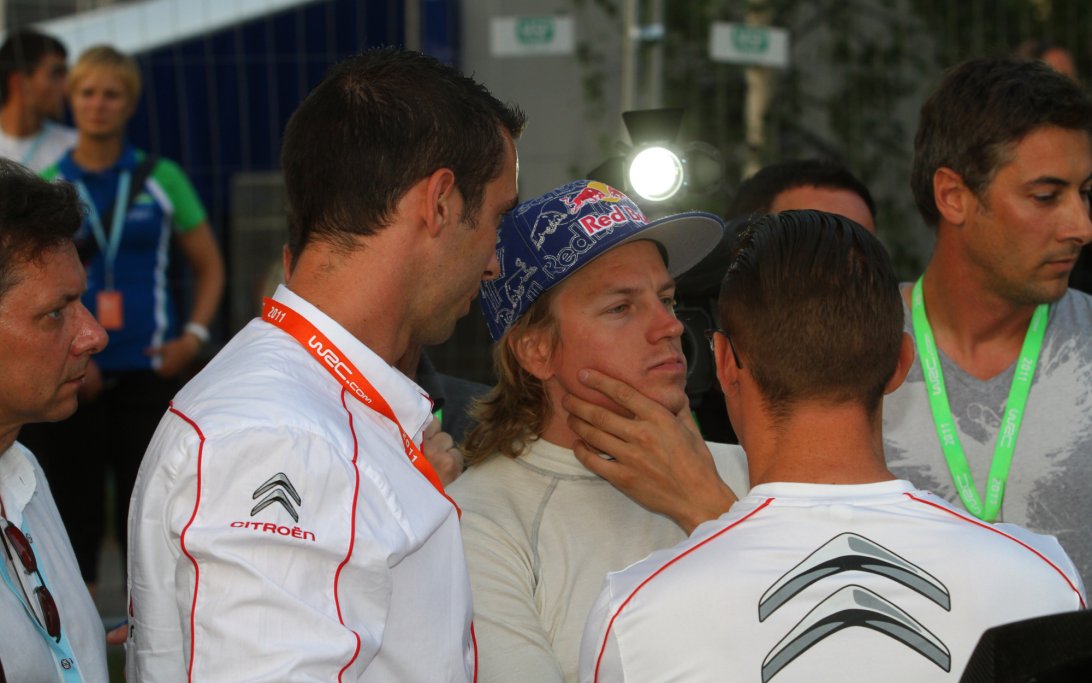
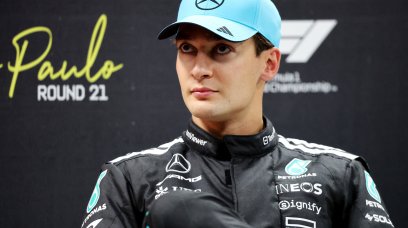
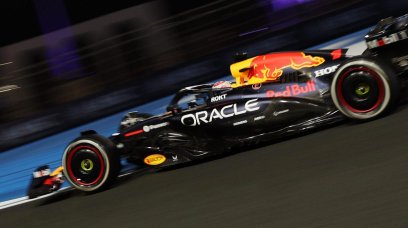
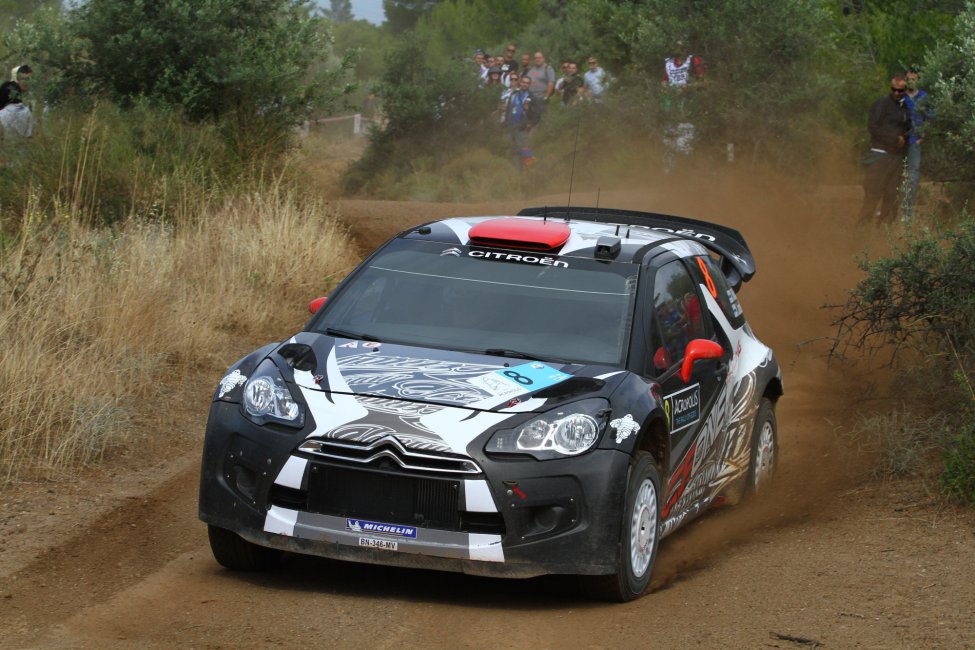
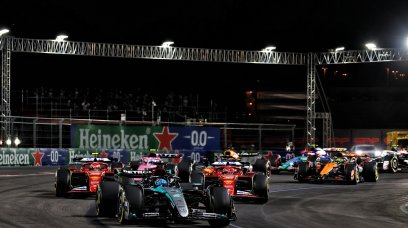

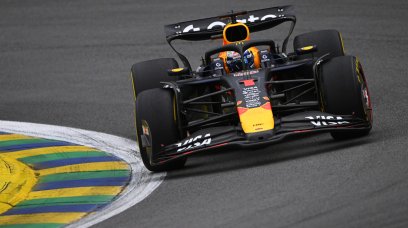
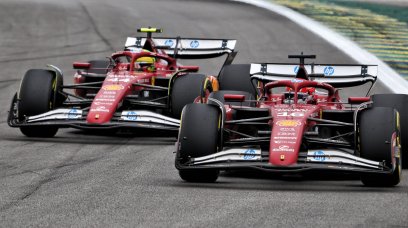
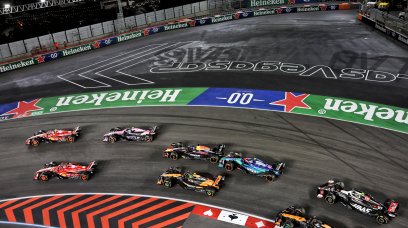
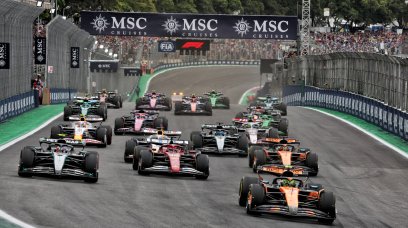

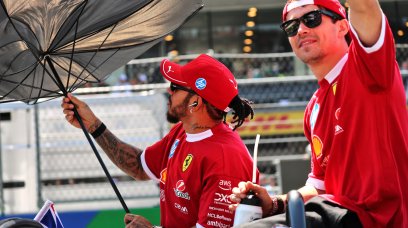












Join the conversation!